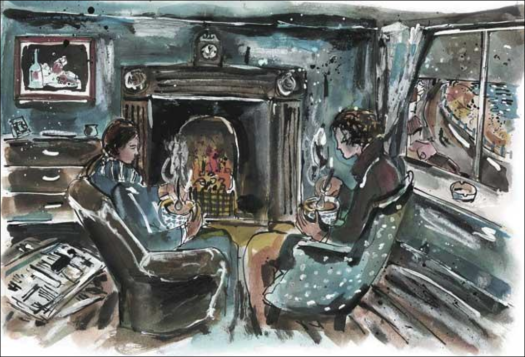Download links for: Carthage Must Be Destroyed: The Rise and Fall of an Ancient Civilization


Reviews (see all)
Write review
Good solid read, not anything groundbreaking but a good coverage of Carthage's histroy
Easily my favorite book. Miles clever writing motivated me to become a history major.
The rise of Rome seen from its greatest nemesis. A page-turner.
The archaeology sections especially where masterful.
Looks interesting.
Other books by History & Biography
Related articles












